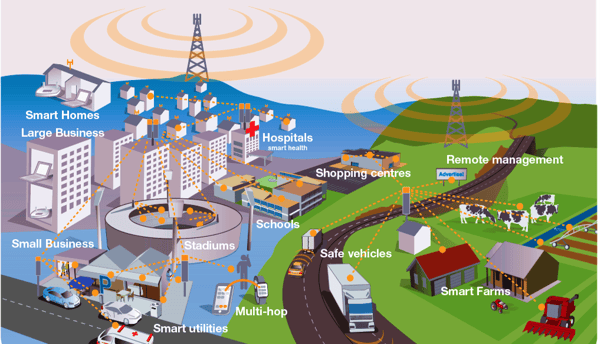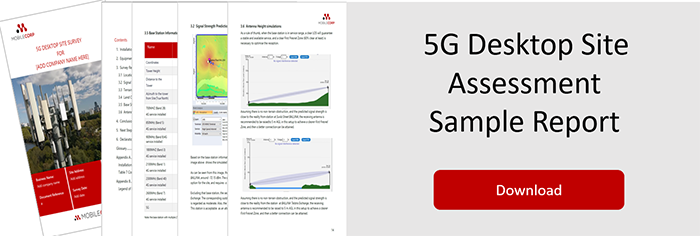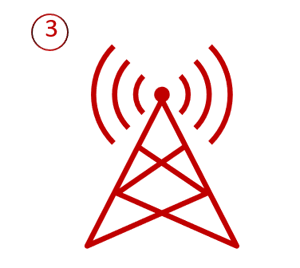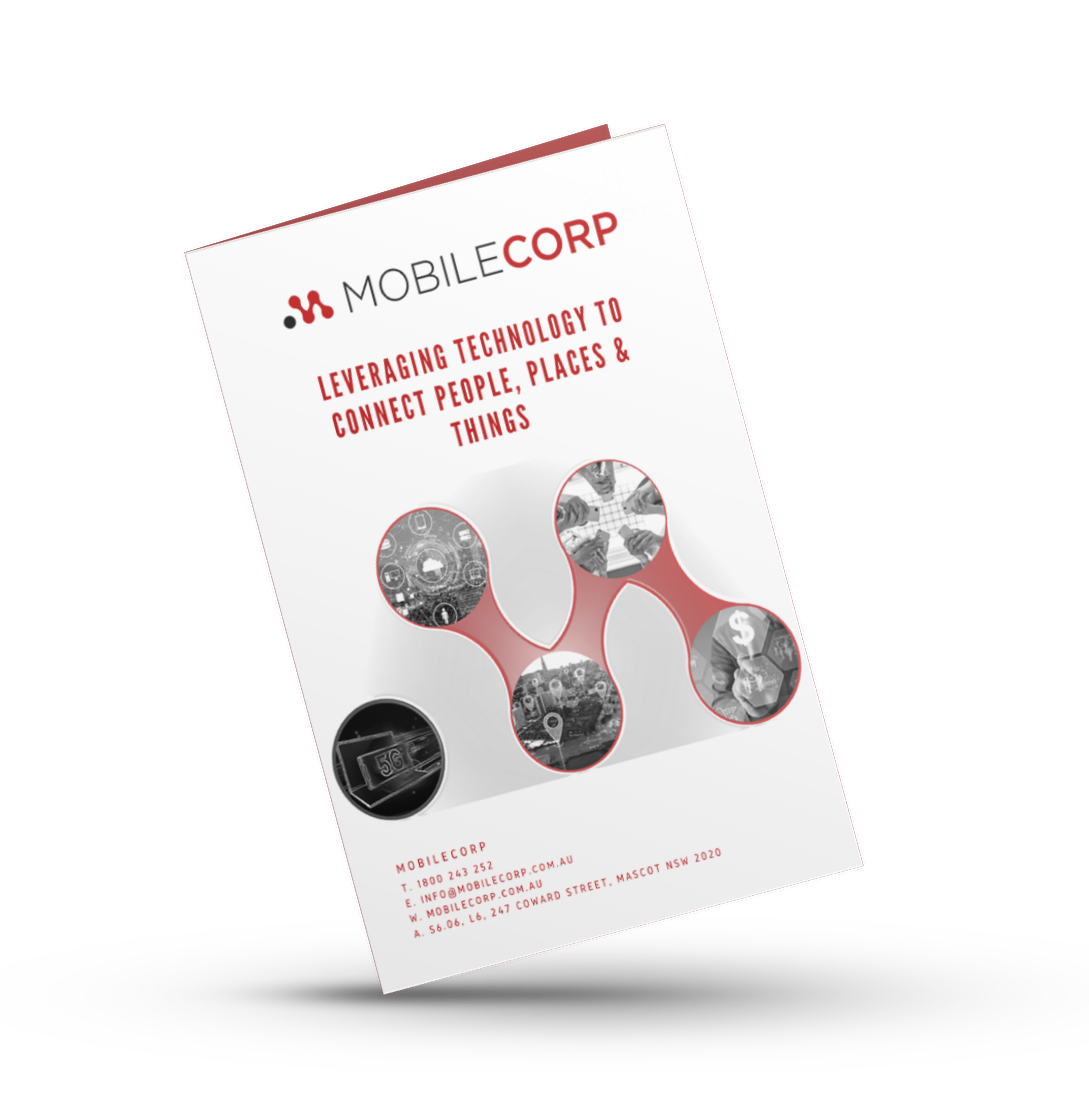5G is available across 75 percent of the Australian population but how do you know if the small cell density and signal strength is able to support a 5G-enabled solution at your business location?
Australian business is beginning to embrace the many possibilities offered by the high speed and low latency of 5G, and to consider 5G as an access technology. But how does an organisation validate whether the 5G signal at its business location is viable to power the solution they require?
How to validate 5G signal strength at your site
The first step to validate whether 5G could be a viable access technology at your business location is to undertake a 5G desktop site assessment completed by certified radio engineers.
A 5G Desktop Site Assessment will
- identify the optimal 5G base station(s) with GPS coordinates, distance from site, and designated carrier(s)
- measure 5G signal strength and throughput
- provide Line Of Sight findings
- highlight observed challenges e.g. signal contention, installation points.
- recommend whether an external antenna would be required
- provide an overall Site Feasibility recommendation
Understanding the barriers to 5G signal throughput
A Desktop Site Assessment will make a recommendation as to whether the signal strength is considered strong, moderate or weak; however no certified radio engineer will guarantee a consistent signal strength or download/upload speeds.
5G is a small cell network and therefore signal strength and throughput will fluctuate dependent on a number of factors. Issues that can degrade the throughput include the distance from the base station, line-of-sight obstacles like trees and buildings, network congestion/contention, and even weather conditions. 5G networks also do not penetrate solid objects such as walls, and indoor reception usually requires an external antenna.
If all that sounds dire, don't be too disheartened. In all of Australia's major urban metropolitan and regional areas, it is likely that a 5G signal will already be viable for most business use cases.
What does a 5G Desktop Site Assessment cost?
$350 inc. GST from MobileCorp.
This is a one-off fee for a comprehensive 22-page report by certified radio engineers that will provide 'peace of mind' assurance for planning your 5G solution.
What if I can't get a strong 5G signal at my business site?
An external antenna is usually recommended for most business locations to boost line-of-sight height and improve signal strength. This could be a directional antenna pointed at a specific tower or an omni-directional antenna to capture the optimal signal from whichever of the towers available has the strongest signal at any given time.
Telstra has also announced a doubling of its 5G small cell density over the next three years with 80% of all mobile traffic expected to be on 5G by FY25.
The 5G signal is only going to improve. Dependent on your use case and the strength of the 4G LTE signal it may still be an option to start with LTE as a pathway to 5G.
What can I expect as an average 5G signal throughput?
It would be ideal if an average or even better a guaranteed signal strength could be provided, but that is simply not possible at this time. Signal strength and therefore throughput can vary enormously as described above.
At the same time, we have been seeing download speeds of up to 1000 Mbps achieved in major cities during 2021 and have been reliably achieving 300-600 Mbps at most sites.
Telstra also offers an Enhanced Enterprise Wireless solution which provides guaranteed 5G network uptime of 99.95 percent.
What comes after a 5G Desktop Site Assessment?
At MobileCorp we suggest a 4 step process to deploying a 5G solution at a business location.
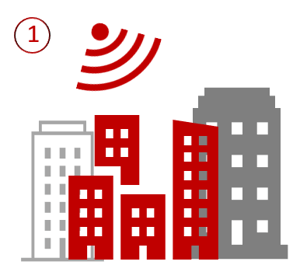
1. 5G Desktop Site Assessment
Before making a commercial commitment to a 5G proof of concept it is a good idea to understand the potential ability or inability of receiving 5G at your business site.
Australia is currently rolling out mid-band 5G frequencies. These provide superior speed when compared to 4G and also travel further than other higher - mmwave - 5G frequencies. A desktop site assessment will validate whether 5G is available as a viable access technology at a given location.
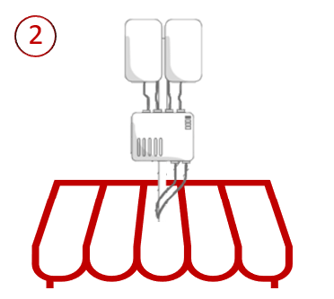
2. On-Site Installation Quote
Once you have ascertained that 5G (or 4GLTE) is viable at the business site, the next step is to commission an onsite installation assessment and quote. A certified technician will attend the address to identify the best location for the hardware to be installed, and will also recommend the optimal hardware required for a successful deployment. Installation can be relatively inexpensive if the base station is close by and the signal is strong but can become more expensive if the external antenna and/or router needs to be mounted high up on a roofline.
3. Connect to 5G Network
Once you have ascertained which carrier provides your site with the best 5G signal, a 5G SIM(s) will need to be provisioned to access the 5G network. Some routers - such as the Cradlepoint devices recommended by MobileCorp - have an option for dual SIM from alternative carriers.
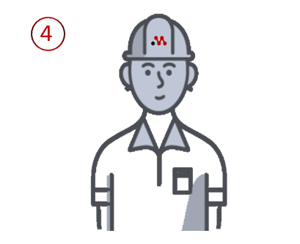
4. Deploy and Manage
Deployment involves the installation onsite of the 5G adapter or router and any external antenna, including cabling to the Comms room. Depending on the 5G device being used - MobileCorp recommends Cradlepoint - a portal will be set up to provide cloud-based visibility of connectivity. MobileCorp also offers a 5G Managed Service including 24/7 monitoring, Out-Of-Band management and troubleshooting, and technical support desk.
What does a 5G Site Assessment report look like?
At MobileCorp our Site Assessment document is typically 22-pages of information and diagrams. A sample report is available for download here.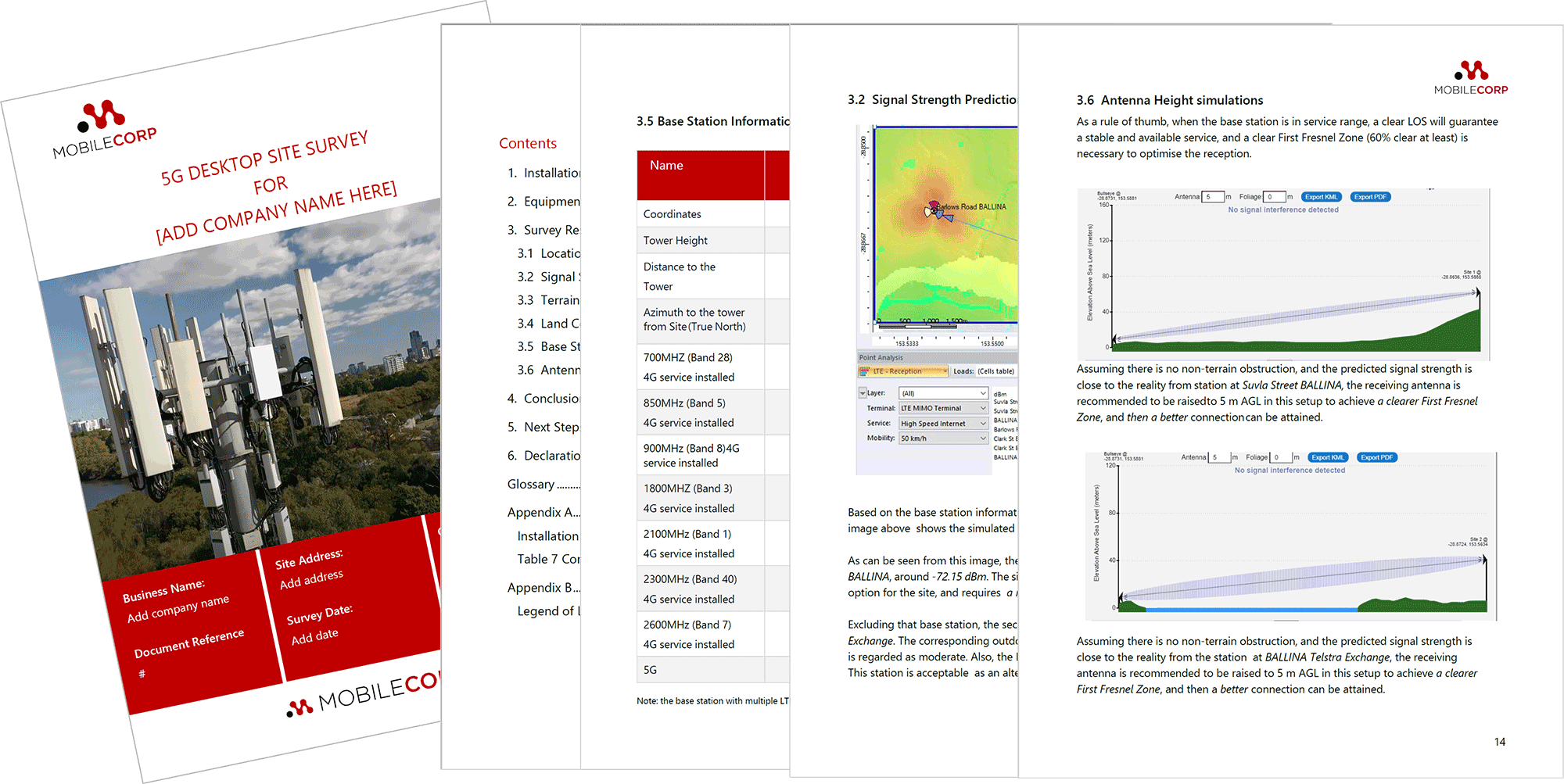
The five most common 5G Business Use Cases
#1. For Business Continuity and Failover
This is the most popular use case for 5G adoption in Australia in 2021. It is applicable to every industry vertical and organisations large and small. The benefits of a secondary access link are obvious to IT teams and having a failover fixed line that will in all likelihood be run in the same physical trench is not idea.
A wireless 5G link is protection against fixed infrastructure downtime due to misadventure, natural disasters, and carrier network outages.
#2. For Reliable Primary 5G connectivity to existing sites
5G is a viable access technology as a primary link for branch locations. Already MobileCorp has deployed 5G wireless WAN across the verticals of retail, hospitality, warehousing and logistics, and manufacturing.
Some enterprises will also utilise a 5G link to complement an existing fixed connection in an active/active setup to provide more resilience, being confident that the full load of that site can be carried for extended periods. A 5G Wireless Wan can
- accommodate spikes in traffic by routing specific applications through the wireless link
- be utilised to construct resilient VPNs
- allow remote troubleshooting of both the wireless and primary router utilising out of band management through the wireless link
#3. For Fast Deployment of New Site Connectivity
A key benefit of a 5G wireless WAN is speed to deployment. Traditionally, the wait for NBN or fixed infrastructure can easily stretch into months, and that's without factoring in potential civil works. By comparison, a 5G wireless solution can be provisioned in around 4 weeks.
Enterprise customers who are setting up new retail branches, warehouses and other greenfield sites can benefit from a strong reliable connection during set-up and beyond. In many cases, if fixed infrastructure is eventually deployed, the 5G wireless access can be utilised as a secondary business continuity link.
#4. Flexible infrastructure for Semi-Temporary Sites
We are living in an increasingly agile world. The traditional fixed infrastructure is no longer fit for purpose for many business use cases.
Enterprise customers requiring a strong reliable connection for sites that may have a tenure of 6 months to 2 years will see obvious benefits in a 5G wireless solution. Examples could be construction huts, road and rail projects, retail kiosks and event venues.
#5. For sites remote from fixed infrastructure
Think road and rail construction, mining, defence force bases, off-shore rigs, maritime, and agribusiness locations.
Telstra, in collaboration with Ericsson, hold the world record for the longest 5G call made to date. In June 2021, on a commercially available 5G phone, a call was made across 113 kilometres with both recipients connected to a single tower in Gippsland, Victoria.
Dependent on line-of-sight factors, it is possible to utilise the 5G public network for remote or regional locations not easily accessible or cost effective for fixed infrastructure.
An alternative is to consider a private 5G cellular network. A private LTE/5G network is a cellular network that is built specifically for an individual enterprise. Such networks are most commonly deployed on a single site, for example, in a factory or a mine.
About MobileCorp
MobileCorp is an enterprise ICT solutions company with a mission to deliver our customers a communications technology edge. We provide 5G for Business, Complex Data and IP Network and Security, Managed Mobility Services, Enterprise Mobility Management, and Unified Communication solutions. We have a proven track record providing managed services for Australian enterprise and business, and we are a Telstra Platinum Partner. Contact Us
5G Michelle Lewis 27 Oct 2021
Related Posts
Popular Tags
- Mobile Devices (81)
- Mobility (81)
- Telstra (66)
- 5G (64)
- MobileCorp Managed Services (55)
- Mobile Network (36)
- Networks (34)
- Cradlepoint (32)
- Apple (29)
- MobileCorp (29)
- iPhone (25)
- Remote Working (23)
- Network (17)
- Covid-19 (16)
- Mobile Security (15)
- Wireless WAN (15)
- Cyber Security (14)
- UEM (14)
- MDM (11)
- Mobile Expense Management (10)
- Mobile Device Management (9)
- TEMs (9)
- Mobile Device Lifecycle (8)
- Cloud (7)
- Unified Comms (7)
- Unified Communications (7)
- Wandera (7)
- Android (6)
- Sustainability (6)
- Data Networks (5)
- Network Security (5)
- Samsung (5)
- Security (5)
- Digital Experience (4)
- IOT (4)
- Microsoft Intune (4)
- Blog (3)
- IT Services (3)
- Microsoft (3)
- Data (2)
- Government (2)
- Microsoft 365 & Teams (2)
- Retail (2)
- nbn (2)
- webinar (2)
- 4G (1)
- DAS (1)
- EMM (1)
- Emerging Technologies (1)
- Hosted Telephony (1)
- Managed Desktops (1)
- SD-WAN (1)
- Starlink (1)
- Telstra Services (1)
- WWAN (1)
- video (1)


